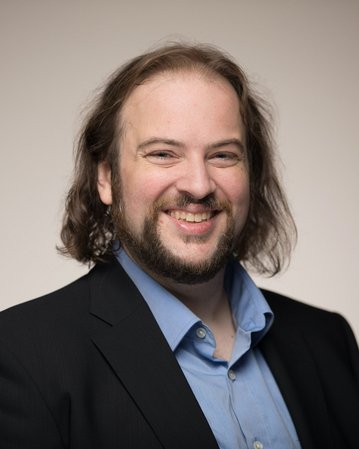Professor, Vice Academic Director Research & Transfer, School of Psychology
| E-Mail: | [email protected] |
| Telefon: | +49 6221 6799-505 |
Professor, Vice Academic Director Research & Transfer, School of Psychology
| E-Mail: | [email protected] |
| Telefon: | +49 6221 6799-505 |

Professor für Methodenlehre an der SRH Hochschule Heidelberg
Gastwissenschaftler
Zentralinstitut für seelische Gesundheit Mannheim, Abteilung Theoretische Neurowissenschaften (Leitung: Prof. Dr. Daniel Durstewitz)
Principal Investigator
DFG-Projekt "Modelle der Zeitwahrnehmung und ihrer dopaminergen Modulation" (zusammen mit Dr. Thomas Hahn)
Mitglied Akademiekolleg
Heidelberger Akademie der Wissenschaften
Postdoctoral Researcher
Center for Computational Neuroscience and Neural Technology der Boston University (Leitung: Prof. Dr. Nancy Kopell)
Principal Investigator
WIN-Kolleg der Heidelberger Akademie der Wissenschaften (Projekt: "Das menschliche Spiegelneuronensystem: Wie erfassen wir, was wir nicht messen können?" zusammen mit Prof. Dr. Daniela Mier)
Mitglied Direktorium
Bernstein-Zentrum Heidelberg-Mannheim (Vertreter der Doktoranden und Postdocs)
Postdoctoral Researcher
Zentralinstitut für seelische Gesundheit Mannheim, Abteilung Theoretische Neurowissenschaften (Leitung: Prof. Dr. Daniel Durstewitz)
Promotion zum Dr. rer. nat.
Universität Göttingen, Göttingen Graduate School for Neurosciences and Molecular Biosciences (GGNB)
Doktorand / Wissenschaftlicher Mitarbeiter
Abteilung Nichtlineare Dynamik, Universität Göttingen, BCCN Göttingen, MPI für Dynamik und Selbstorganisation (Direktor: Prof. Theo Geisel)
Studium der Physik
Universität Göttingen, Abteilung Nichtlineare Dynamik
Bücher und Broschüren
Peer-Review
Buchkapitel
Elektronische Medien
Konferenzbeiträge und Vorträge